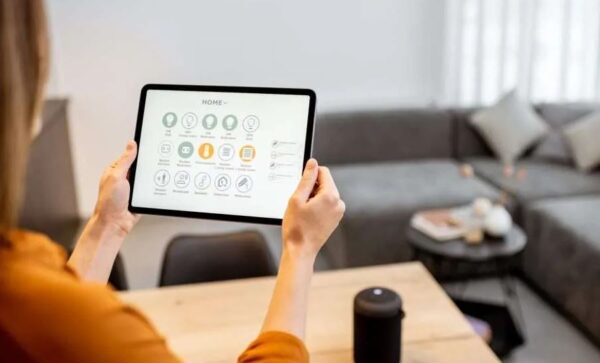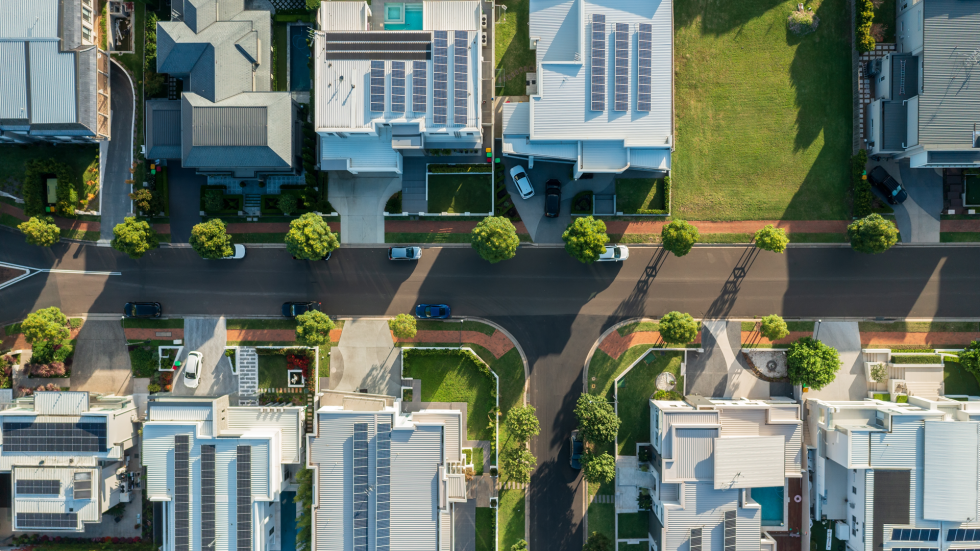Electricity supplier South Australia Power Networks (SAPN) said the Energy Masters project will pioneer the coordination of residential resources such as rooftop solar and smart appliances to better match energy use to supply and respond to market signals, shifting household energy use away from peak demand periods.
The AUD 13.8 million ($9.12 million) Energy Masters project will see SAPN install consumer energy resources (CER) and smart energy appliances such as solar panels, batteries, electric vehicle (EV) chargers and heat pump hot water systems in 500 homes, with energy use optimized by home energy management systems.
SAPN Chief Executive Officer Andrew Bills said enabling flexible demand at scale through the electrification and development of energy smart households is expected to play a significant role in managing peak demand, avoiding network augmentation costs and reducing costs for all consumers.
“We recognize the energy system is complex, so the pilot will seek to identify how we can overcome that for the benefit of customers in a way that will also enhance the way we manage our network,” he said.
Bills said much of the technology required to monitor usage and improve responsiveness of electric appliances in homes is already available “but we need to identify how we bring together government incentives, retail offers, energy-smart appliances and energy management systems in a way that is understandable and attractive for energy customers.”
Customers that participate in the Energy Masters project will receive subsidies to install devices such as solar panels, batteries, EV chargers, heat pump hot water systems and split-system air-conditioning units that can respond to network and market signals. Households will also be provided with a smart home energy management system to optimise their home energy use.
In return, households will participate in a research program led by the Reliable Affordable Clean Energy for 2030 Cooperative Research Centre (RACE for 2030), that will help demonstrate the value of energy-smart households and provide information about device interoperability to inform the development of national standards.

Darren Miller, chief executive of the Australian Renewable Energy Agency (ARENA), which has committed AUD 6.2 million to the project, said Energy Masters will demonstrate the value flexible demand can offer households, in a market saturated with renewable energy.
“South Australia has led the world in terms of variable renewable energy penetration, so it’s a perfect setting to trial how flexible energy use can complement a high share of renewable generation,” he said. “We’re working with SA Power Networks and the South Australian government to trial the coordination of CER in a real-world setting … and look forward to seeing the outcomes of this trial and how its findings can be replicated across Australia.”
Expressions of interest to participate in the Energy Masters project will open in the second half of 2024, with the project due to run until 2027.
Popular content
ARENA said the South Australian trial builds on its existing portfolio of residential energy projects including Project Edge in Melbourne and Western Australia’s Project Symphony.
The launch of the Energy Masters project comes as a new report released by renewable energy advocacy Solar Citizens suggests that rooftop solar could be Australia’s “secret weapon” in the transition to a clean energy system.
The Accelerating Consumer Energy in Australia report, commissioned by Solar Citizens and prepared by consultancy firm Nexa Advisory, found rooftop solar has the potential to lower electricity network infrastructure costs, reduce power prices, and support EV adoption.
Nexa Advisory Chief Executive and report author Stephanie Bashir said Australia’s clean energy transition has stalled will the development of large-scale solar, wind and battery energy storage projects slowing.
“We are struggling to build new large renewable generation and batteries and the new transmission to connect that clean generation to customers,” she said. “The solution is to give the power to the people. Consumer energy resources are Australia’s secret weapon in transition.”
The report however has identified hurdles to getting the most from residential solar and increasing its adoption, including inconsistent rules across the states, unnecessary restrictions, a lack of transparency from energy providers, and slow reforms.
The report’s recommendations included establishing national consistency in rooftop solar connection processes, setting new minimum supply requirements, improving public access to data from the larger-scale energy network providers, and reforming electricity tariffs.
Solar Citizens acting CEO Joel Pringle said now is the time for government to step up and lead the updating of system specifications and regulations so CER can be effectively integrated into the grid.
“The transition of the grid is underway, but the regulatory frameworks are playing catch-up instead of leading the way,” he said.
This content is protected by copyright and may not be reused. If you want to cooperate with us and would like to reuse some of our content, please contact: editors@pv-magazine.com.



Sounds like a good idea on the surface. The problems and facts are that South Australia is NOT building normal houses anymore, they are building little dog boxes with 1 or2 bedrooms, no yard, no privacy and so close to each other you can share the toilet paper with your neighbor. All because of one reason and that is too many people from over sea’s coming into the country causing a shortage of resources. As far as electricity is concerned this idea will never happen just like the NBN, 14 years of waiting for empty promises and now NO upload capacity, totally useless. As far as solar power it’s easy every house needs a minimum of 15KW of solar panels and 10KW multi channel inverter with 2 X 14KW/h Tesla Batteries for night time. For people that work or have a business at home may require more panels for day time hours.